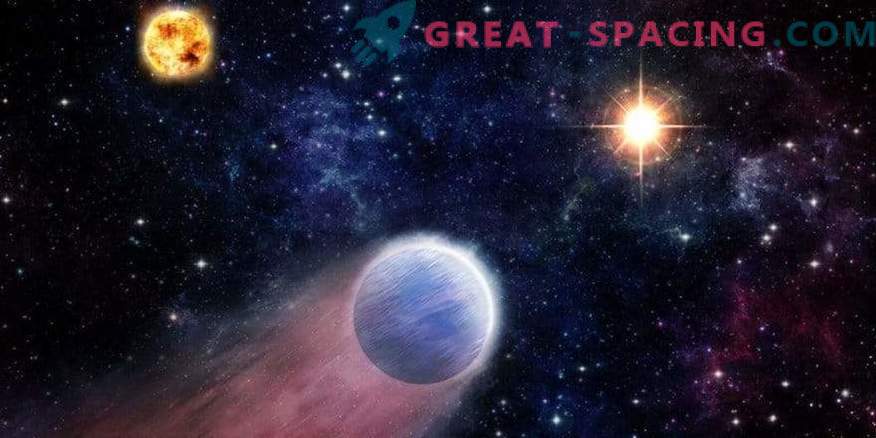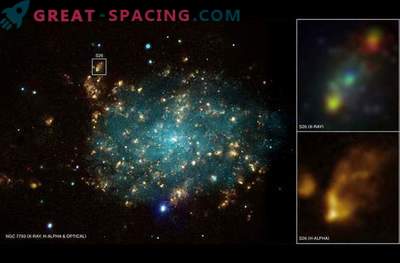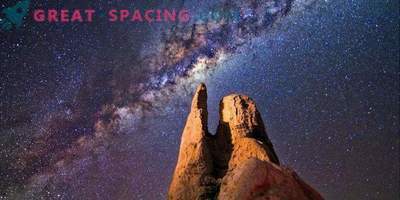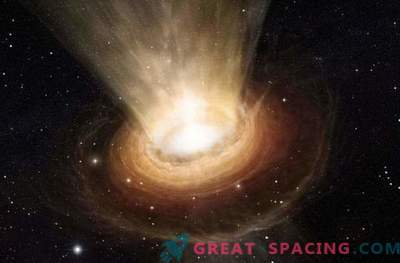
Researchers predict that planets resembling Neptune and located near the galactic center have transformed into rocky worlds due to flares created by a supermassive black hole. The data is based on computer models, recent studies of exoplanets, as well as X-ray and UV observations of stars and black holes.
Of course, the idea that black holes are actively involved in the evolutionary processes of the planets seems wild, but it works for the center of the Milky Way. To obtain similar conclusions, scientists studied the environment around the nearest supermassive black hole. We are talking about Sagittarius A * with a massiveness of 4 million solar.
It is known that material caught in a black hole releases bright flashes of X-ray and UV rays. Both Chandra and XMM-Newton X-ray telescopes demonstrate similar events that happened about 6 million - 100 years ago. All this time, scientists have been trying to understand what impact these flashes can have on nearby planets and stars. It turns out that a black hole can dramatically change the life of the planet.
The researchers examined the effects of high-energy radiation on the planets at a distance of 70 light years, whose masses varied between Neptune and the Earth. They found that X-rays and UV rays lead to the removal of a large amount of dense gas atmosphere. In some cases, it should remain almost bare rocky core. Such planets would be heavier than Earth and would go into the “super-earth” category. Super Earths are considered one of the most common types of planets found outside our system. Analysis shows that in the right environment they are formed in very exotic ways.
Of course, these flashes negatively affect those objects that have the conditions for the emergence of life. Additional bursts can completely destroy the planetary atmosphere. Also, the planets may be subject to gravitational destruction due to a shift in stellar motion. Similar events often occur near the supermassive black hole of our galaxy.
Calculations show that at a distance of 70 light-years from the central black hole, the average distance between the rocky worlds is 75-750 billion km. For you to understand, the nearest star to the Sun is located at 40,000 billion km. That is, in the area where the planets live so densely, there is a greater chance for the spread of life.
The discovery of such planets is facing problems. The distance from Earth to the center of the Milky Way is 26,000 light years, and dust and gas clouds obscure the view. But these obstacles can be overcome with telescopes of the next generation. For example, it can do with the European Extremely Large Telescope (E-ELT).











































